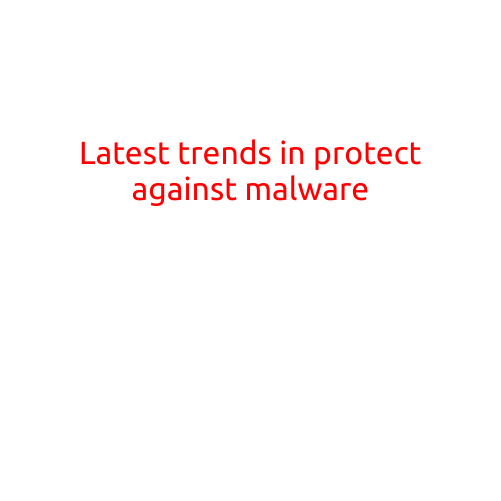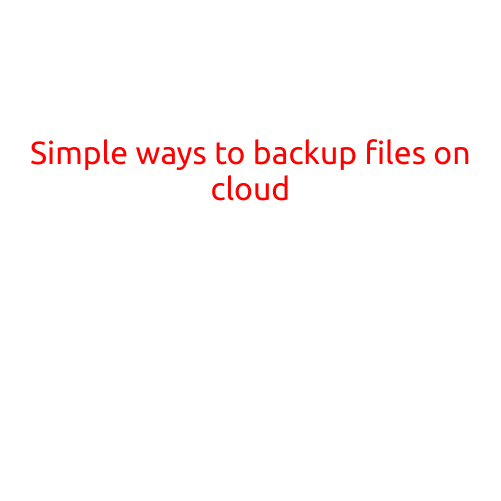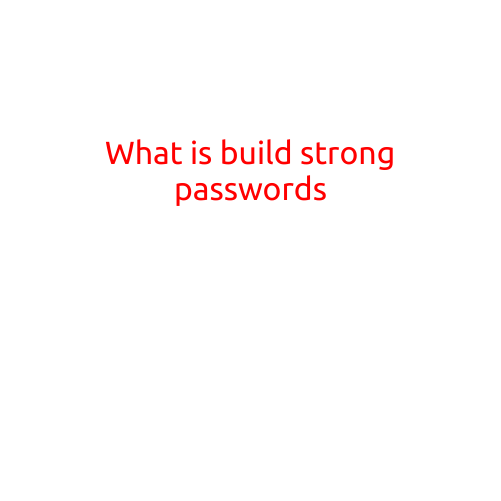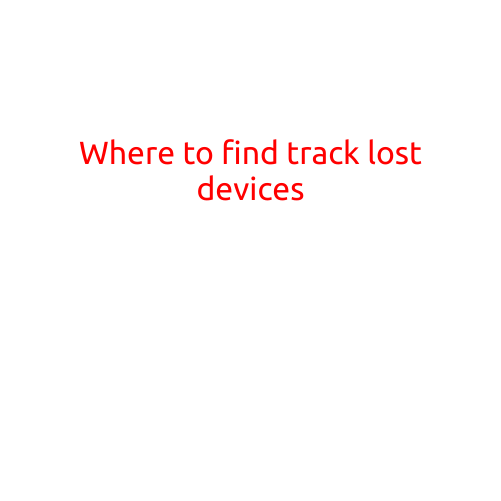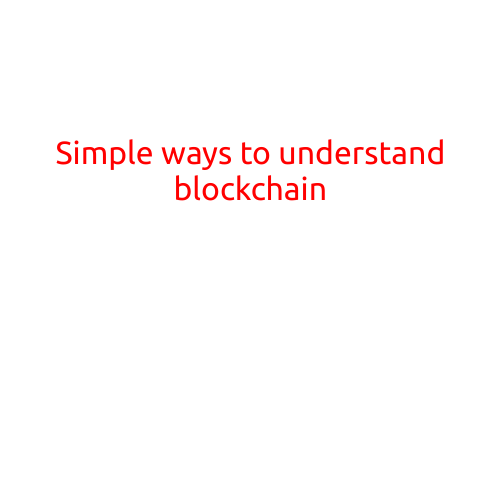
Simple Ways to Understand Blockchain
Blockchain technology has been gaining traction in recent years, with its popularity extending beyond the confines of the cryptocurrency world. As a result, more and more people are curious about what blockchain is and how it works. In this article, we’ll break down blockchain into simple terms, making it easier for everyone to understand this complex technology.
What is Blockchain?
In simple terms, blockchain is a decentralized, digital ledger that records transactions and data across a network of computers. This ledger, also known as a “block,” is linked to other blocks, forming a chain of blocks, hence the name blockchain.
Key Concepts
To better understand blockchain, let’s explore some key concepts:
- Decentralized: Blockchain is a distributed network, meaning that there is no central authority controlling it. Transactions are verified and recorded by nodes (computers) on the network, rather than by a single entity.
- Digital Ledger: Each block on the blockchain contains a record of transactions, which are added to the chain as new blocks are created.
- Cryptography: Blockchain uses advanced cryptography to secure transactions and ensure their integrity. This includes public and private keys, as well as digital signatures.
- Nodes: Nodes are computers on the blockchain network that verify and record transactions.
How Blockchain Works
Here’s a step-by-step explanation of how blockchain works:
- Transaction: A user initiates a transaction, such as sending cryptocurrencies to another user.
- Verification: Nodes on the network verify the transaction, ensuring it’s valid and legitimate.
- Block Creation: A new block is created, containing multiple verified transactions.
- Blockchain Update: The new block is added to the blockchain, updating the ledger.
- Distribution: The updated blockchain is distributed to all nodes on the network.
Simple Blockchain Examples
To help illustrate the concept of blockchain, consider the following examples:
- Virtual Stock Exchange: Imagine a virtual stock exchange where buyer and seller records are stored on a blockchain. This ensures transparency, security, and trust.
- Supply Chain Management: A company uses blockchain to track its supply chain, recording transactions and data across various nodes. This allows for real-time monitoring and transparency.
- Smart Contracts: Smart contracts are self-executing contracts stored on a blockchain. These contracts are programmed to execute automatically when certain conditions are met, reducing the need for intermediaries.
Conclusion
Blockchain may seem complex at first, but breaking it down into simple terms reveals its elegance and potential. By understanding how blockchain works, you’ll be better equipped to navigate the world of cryptocurrencies, decentralized finance, and other blockchain-based applications. Whether you’re a tech enthusiast, business owner, or just curious about this technology, mastering the basics of blockchain can open doors to new opportunities and understanding.

